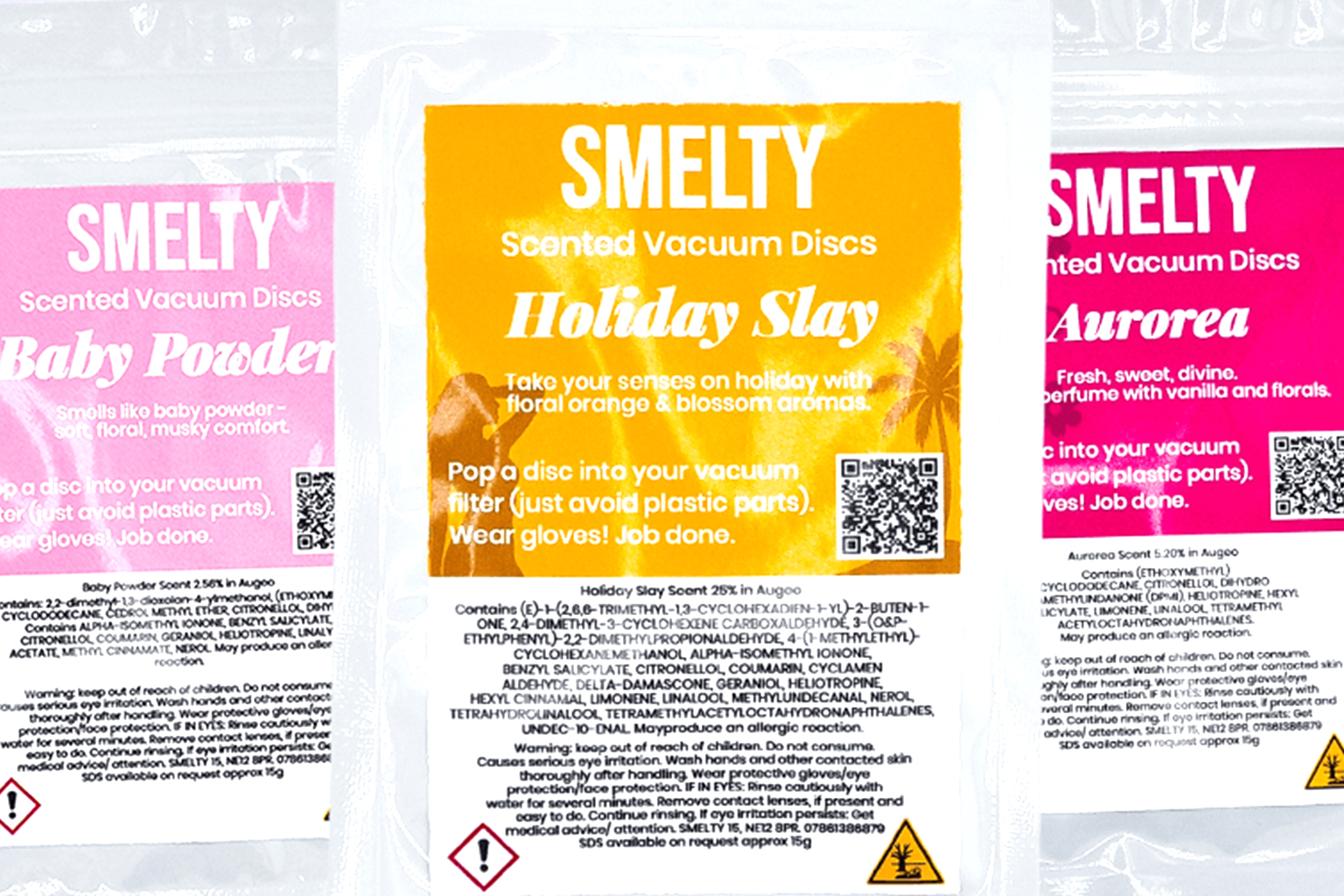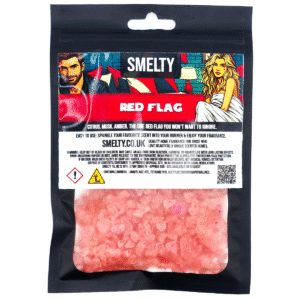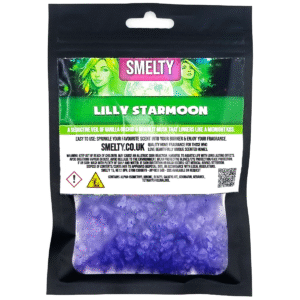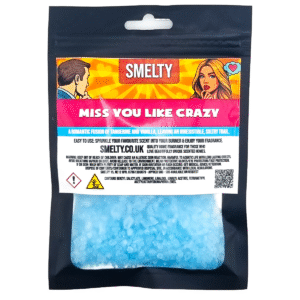If your vacuum smells musty or a bit “doggy,” hoover discs can make a huge difference. They’re small scented pads that sit inside your vacuum cleaner and release fragrance as you clean. The result is scented air flowing out of your hoover instead the smell of stale dust.
Do Vacuum Discs Actually Work?
Yes of course! When placed correctly, vacuum discs release a consistent fragrance every time you switch your machine on. They’re especially handy for homes with pets, carpets that trap odours or anyone who wants vacuuming to leave the house smelling fresh rather than dusty.
How to Use Vacuum Discs Safely
- Placement is key: Pop the disc above the filter or into the bag or dust compartment (depending on your model).
- Keep away from hot or plastic parts: Never wedge discs against the motor, belts or plastic fittings. This avoids melting or damage over time.
- One at a time: A single disc is enough but you can add more. Too many can restrict airflow.
- Replace regularly: Most discs last a few weeks, you can change when the scent fades.
Quick Tip
If your vacuum still smells bad, give it a quick clean (empty the bag/bin, wash filters if washable) before adding a fresh disc. This way the fragrance isn’t fighting against old odours.
Smelty’s Vacuum Discs are designed to fit both bagged and bagless vacuums, giving off a strong, clean scent without harming your machine. Safe, simple and perfect for freshening your home while you clean.
FAQ: Vacuum Discs
Q: Do vacuum discs really work?
A: Yes. They release fragrance as you vacuum, replacing musty or pet smells with a fresh scent.
Q: Where should I put a vacuum disc in my Hoover?
A: Place it in the bag or dust compartment, depending on your model. Never place it against the motor and avoid plastic parts.
Q: How long does a vacuum disc last?
A: Usually 2 to 4 weeks, depending on how often you vacuum. Replace the disc once the scent fades.
Q: Are vacuum discs safe for all vacuums?
A: Yes when used correctly. Always keep them away from belts, motors, and plastic fittings to avoid melting.













